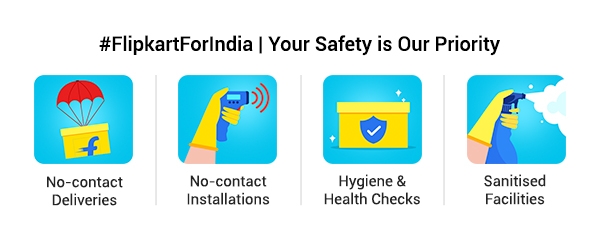Patient Evaluation for Oral Mucosal Lesions
Evaluation of patients for oral mucosal lesions should be done with a decision-making tree. This helps to ensure that nothing is overlooked and that identification of the type of lesion is made using an objective and methodical approach.
Williams et al. explain that the evaluation of oral mucosal lesions should begin with a complete medical history of the patient (2008). The history should include medications, chronic and infectious diseases, and family history.
Check for Symptoms
- The oral health care provider should ask the patient about symptoms that are related to the lesion. If the dentist or dental hygienist is the person who discovers the lesion and the patient reports no symptoms associated with the lesion when told of it, this is of clinical importance.
If the patient does have symptoms, the dental provider should inquire about symptom onset, location, intensity, duration, and frequency. It is also important to ask whether symptoms have changed over the course of time. Extra attention must be paid to the patient’s tobacco and alcohol use history.
- Examine Patients
· The second part of the evaluation for oral mucosal lesions in the examination. The exam should include extra-oral and intra-oral examinations. The extra-oral evaluation should take place first.
·
· The oral health care practitioner should visually examine and palpate the lymph nodes, lips, neck, throat, submental, submandibular, cervical, and supraclavicular areas. Swelling or tenderness should be noted. A lymph node that measures more than one centimeter in diameter and is firm should be considered suspicious.
- Check Soft Tissues
- Inside the mouth, all soft tissues should be checked. The dental hygienist or dentist should check all sites. Oral mucosal lesions and cancers can develop anywhere in the mouth. A headlamp or handheld light is helpful for visualizing the areas under the tongue and at the back of the throat.
- Assessing Lesions
· When a lesion is located, its characteristics should be thoroughly assessed. Aspects of the oral lesion to consider include its diameter, irregularity of its borders, color, texture, and whether it is consistent or inconsistent in appearance in texture. Other issues to look for in an oral mucosal lesion include whether the lesion is indurated, ulcerated, or verrucous, which refers to being wart-like.
·
· Many oral lesions will need to be biopsied in order to confirm a preliminary diagnosis from the visual examination. The biopsy of tissue should be evaluated by a pathologist.





















Comments
Post a Comment